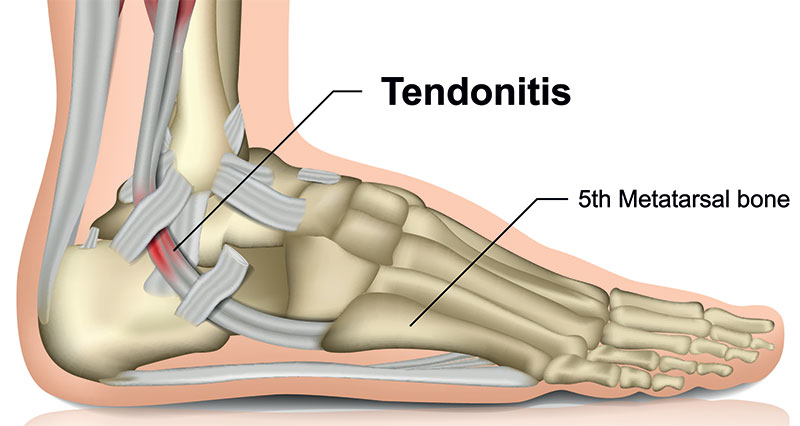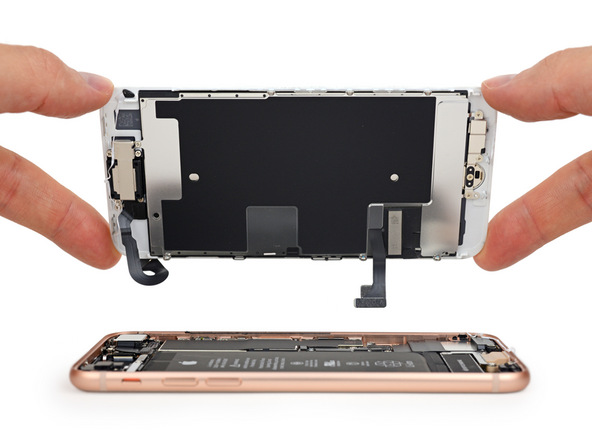Tendon Healing 101

Tendons typically require more extended periods of rest to heal. In addition, a severe partial or a complete tendon tear usually needs surgery to return to a full range of motion. These strong fibers are what bind muscles to bones. However, they don’t have the same structure as muscles or bones, so the healing process is quite different.
Tendons are incredibly strong because they are responsible for translating the force muscles produce into what moves a person’s bones around. As a result, they’re built to withstand high impacts and heavy loads.
Unfortunately, the strength and build of tendons make them very difficult to heal after an injury. In addition, they are hard to injure in the first place, so they don’t recover easily when someone tears a tendon while exercising, in a car accident, or a simple slip and fall injury.
Thankfully, modern medicine makes it possible to recover from tendon tears with the proper treatment and rest. Here’s some helpful information about tendon healing to help you speed the process along.
How Tendons Rupture
Sports injuries or some type of loading trauma are what usually cause tendon tears. However, overuse of a tendon can also create micro-tears that eventually build into a full-blown rupture of the tendon. Tendon injuries happen when someone lands awkwardly in a basketball game or twists a joint suddenly.
Tendons frequently tear in sports like water skiing or snowboarding because the feet are secured in a boot. When someone falls or lands suddenly the knee twists without the feet moving, and the tendon snaps.
Symptoms of a Tendon Tear
Tendon tears are often difficult to diagnose because there is sometimes little to no pain associated with the injury. In addition, because the tendon is made of fibers, there’s very little blood or inflamed muscle as a result. Sometimes, people get up after a fall and keep playing sports or exercising even though they have a torn tendon.
However, eventually, the signs of tendon damage start to appear. Frequently, symptoms include instability, poor range of motion, swelling, and a loss of strength. When the problems persist, people seek medical advice.
Tendon Injury Treatment
Doctors usually recommend scanning the suspected tendon injury. It’s difficult to precisely diagnose the injury without an MRI scan to see whether there is a tear and the extent of the damage.
Sprains and minor repairs often don’t require surgery. Instead, doctors will recommend rest, ice, and, eventually, physical therapy to strengthen the supporting muscles around the injured tendon. However, surgery is typically the only way to repair the tendon in severe tears. The surgical procedure and recovery time depend on the size of the tendon and the body part. For example, tendons in the elbow can recover much faster than in the knee. Sometimes, recovery can take a year or more before the pain disappears and the full range of motion returns.
Post-Operative Care for Tendon Injuries
Surgery is usually the easiest part of tendon healing. After the operation, the challenging work begins. Resting may sound easy to some, but for active people accustomed to regular exercise, sitting on the couch icing the tendon is a major pain.
In addition to time on the sidelines, patients must meet regularly with trained physical therapists, where they receive ultrasound treatments, massages, and other procedures to reduce scarring and build muscle strength to support their recovery.
Surgery patients slowly scale up the intensity of their workout routines based on their recovery progress, time since the operation, and other factors.
Peptides & Tendon Healing
Peptides are short chains of amino acids similar to proteins. They trigger specific biological responses in the body. There is a subset of peptides called healing peptides, so named due to their healing properties found in research done in animal models.
One example of a healing peptide is BPC-157. BPC stands for body protection compound, and BPC-157 is likely the most famous healing peptide available. It was originally isolated in the human stomach, and in tests on animals reduced inflammation and protected the GI tract from damage. It also improved healing in tendons, ligaments, nerves, and organs.
Summary
Tendon healing is more complex than simple wound healing. It usually takes more time because the tendons are made of many fibers that don’t grow quickly or easily. Surgery and significant physical therapy are frequently the best solutions after a tendon tear. In minor injuries, patients can return to normal activity after significant rest. However, many of them never regain full strength or range of motion unless they get surgery.

